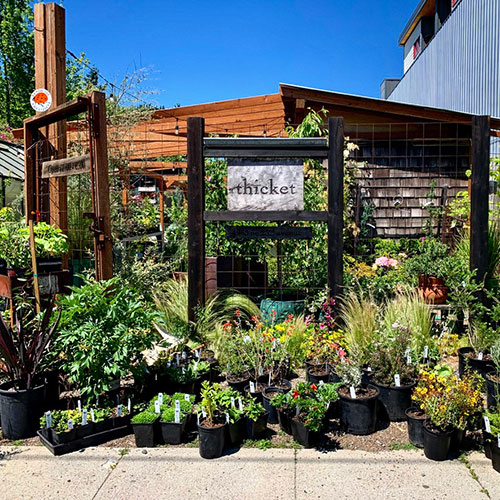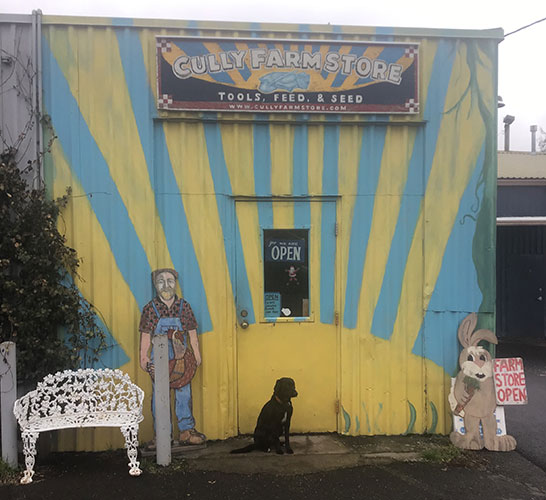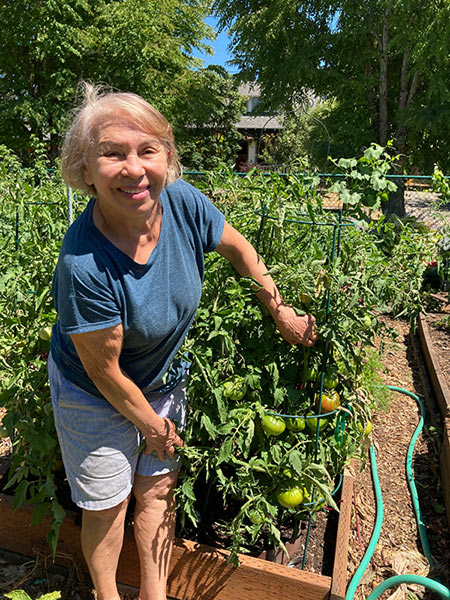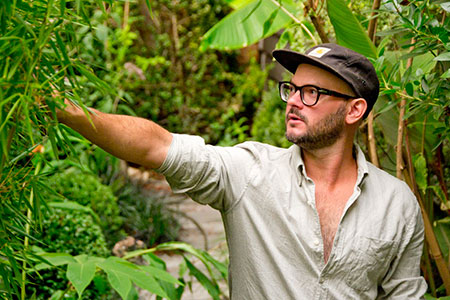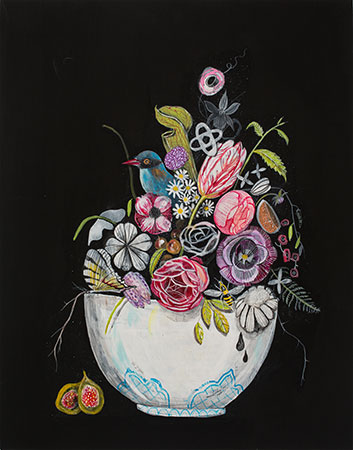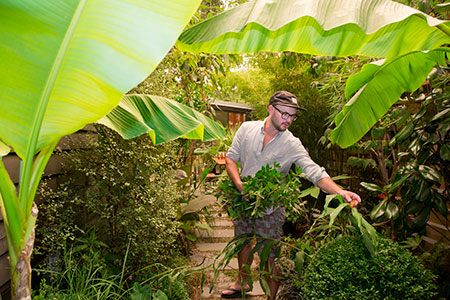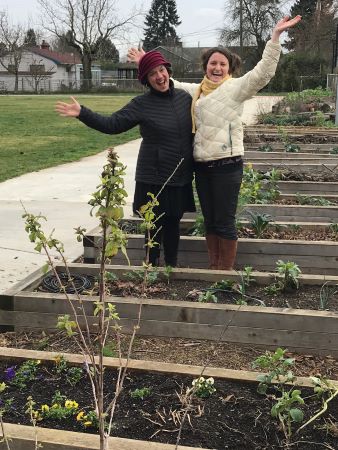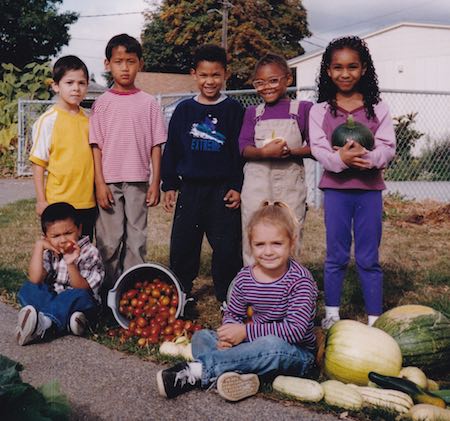By Caprice Lawless | Contributing Writer
Unless we’ve had a hard frost, November is an excellent time to plant pansies and spring-blooming bulbs. Whether planted in porch pots or out in the garden, pansies brighten Portland’s days right away, whereas sleeping bulbs planted today put on a bright display in spring.
“Pansies are blooming now,” says John Kill, thee new owner and general manager of Marbott’s Greenhouse & Nursery (1808 NE Columbia Blvd.) Accordingly, Marbott’s has stocked hundreds of pansies in a wide assortment of colors, sizes, and styles for planting now.
“Pansies like the cold,” Kill explains. “They lose steam in December, go back into bloom in January, and continue blooming through spring,” he added. He recommends using a half-strength, bloom-focused plant food for pansies. For continuing blossoms for the next seven months or so, he says gardeners says should deadhead spent blooms and keep the plants watered. “They don’t like to get dried out,” he added.
Eye-catching pansies as well as spring-flowering bulbs are a feature every autumn at Portland Nursery (5050 SE Stark Street). This year’s assortment includes tulips, daffodils, paperwhites, camas, anemones, irises, lillies, and alliums, to name a few. Staffer Whitney Holt says it’s easy to grow bulbs outdoors, provided each bulb is planted at its recommended hende depth dth. Some bulbs like a thick blanket of soil, whereas others, like the iris, do better in only a light dusting. Those planted outdoors rarely need winter watering in Portland, Holt points out. However, bulbs planted in big pots of soil on balconies and decks may benefit from an occasional winter drink.
Many spring bulbs — like paperwhites, daffodils, and amaryllises — grow rapidly and bloom quickly when planted indoors. These so-called “forced” bulbs, some planted only in pebbles, do need occasional watering. As with pansies planted outdoors, bulbs planted in the garden requireire little care as long as Portland’s weather doesn’t turn too dry. After they flower, Holt prefers to leave the leaves alone.
“Let them decompose, as they serve a biological function,” she says. “They provide homes for insects and animals as the leaves decompose.” Also offering customized bulbplanting is Garden Fever (3433 NE 24th Ave.)
“We’ve stocked up on dozens of varieties of tulips and daffodils, some of which are more exotic, for growing outdoors or in pots,” says employee Anne Laufe. To make customized hostess gifts, for example, staff can plant a half-dozen paperwhites or a single amaryllis bulb in a pot of in a por pebbles. To meet demand for forced-bulЬ planting, the shop stocks various colors, shapes, sizes, and finishes of pots, as well as an assortment of pebbles and colorful polished stones.
Caprice Lawless has written extensively on higher education, homesharing, technology, construction, and engineering. She moved to Oregon from Colorado in 2023, shortly after retiring from teaching college English and Journalism.
